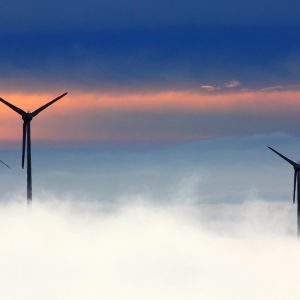In his speech at the conference on cybersecurity, Commissioner Cañete revealed that the energy system is one of the largest and most complex infrastructures in Europe. It is also one of the most critical assets for a modern society and as such, the backbone of its economic activities, welfare and stability.
The energy system is one of the most complex and largest infrastructures in Europe. It is also one of the most critical assets for a modern society and as such the backbone for its economic activities, welfare and stability.
The energy system is changing today – in terms of infrastructure and market developments. In particular with the increasing share of renewable energy sources, it is becoming more decentralised, digitalised and decarbonised.
Key trends for the future
One of the key trends is that the share of electricity in our consumption will increase in the coming years and decades and nearly double by 2050. This is one of the lessons of our long-term strategy.
In the Clean Energy for All Europeans package with its eight different legislative acts, we have set a clear and common sense of direction with ambitious targets for 2030 for energy efficiency and renewables. All these acts were adopted with a very broad support in the European Parliament and the Council.
With the increasing share of renewables and decentralised generation, we also witness a continuously increasing degree of digitalisation, moving towards smarter grids and connecting to the Internet of Things through smart devices. If we are to reach our targets, which implies that more than half of our electricity will come from renewables already in 2030, this trend will accelerate even further.
New challenges
With all its advantages – this digitalisation brings new challenges for the sector. New challenges in terms of data management, but in particular with respect to cybersecurity. Recent reports state that foreign actors have been allegedly probing or even infiltrating the US, Russian and Asian electrical grids. Disrupting the electrical infrastructure of a region could cause blackouts and disrupt financial markets, transportation and more.
When we look forward to the energy world of tomorrow, it is clear that the technological revolutions underway offer a lot of opportunities for a cleaner and more participative system. But we also need to be prepared for the new risks to our energy security this entails, and we need to address them together.







Leave a Reply